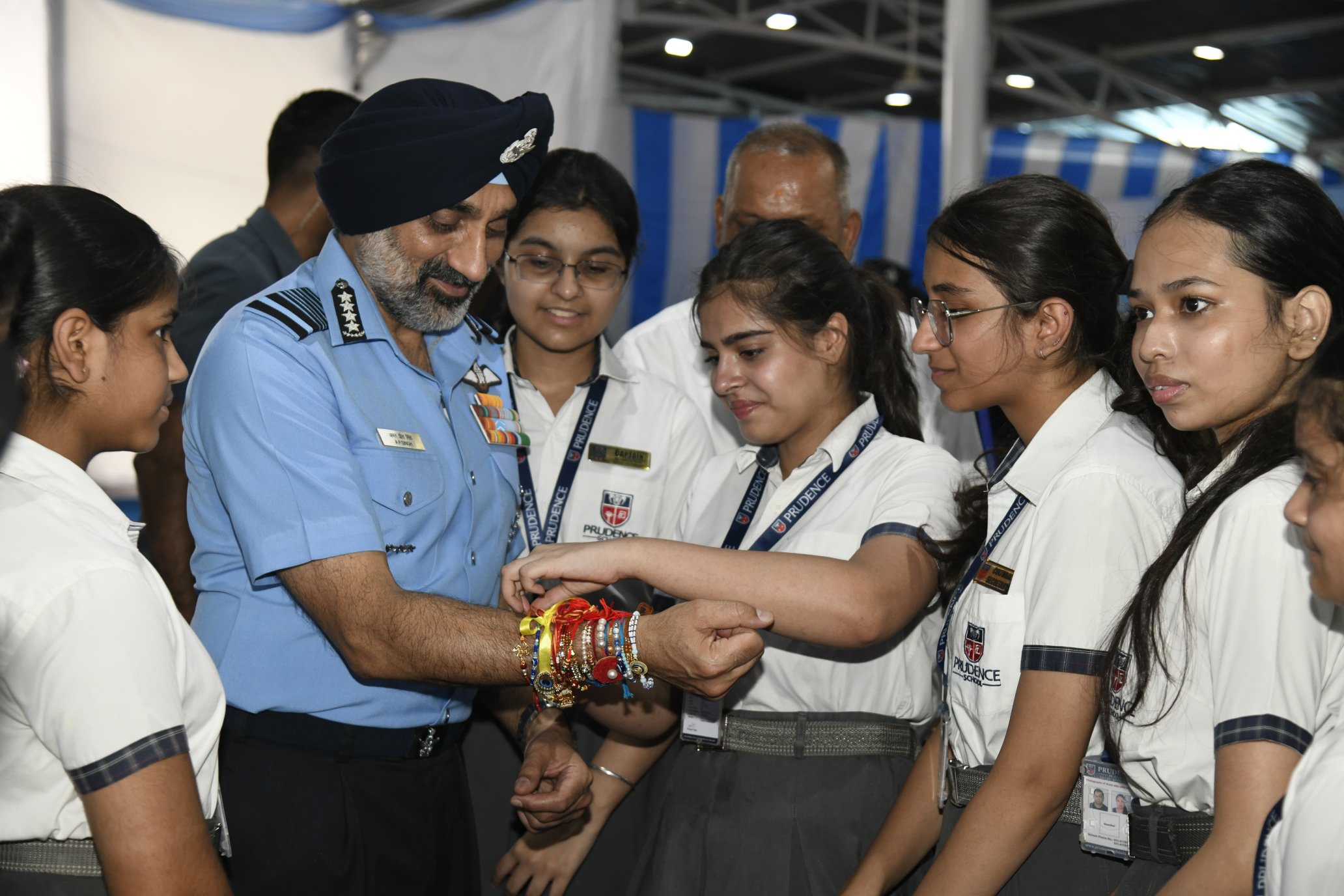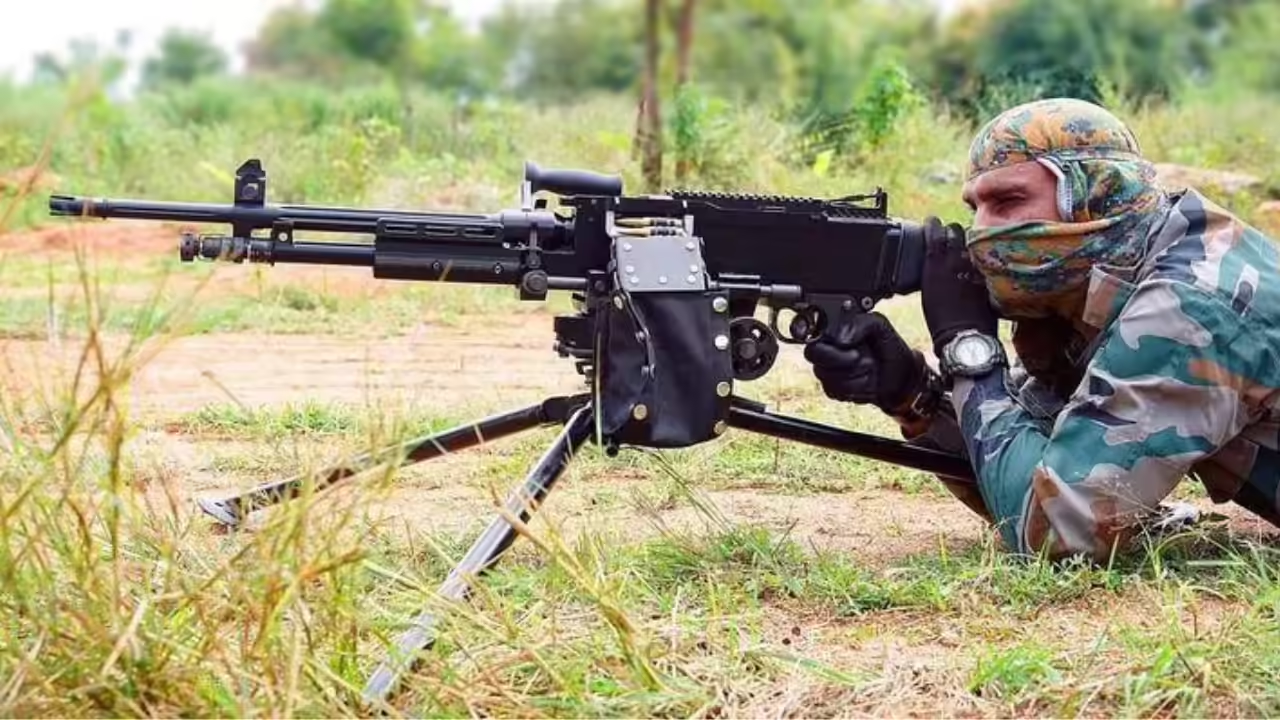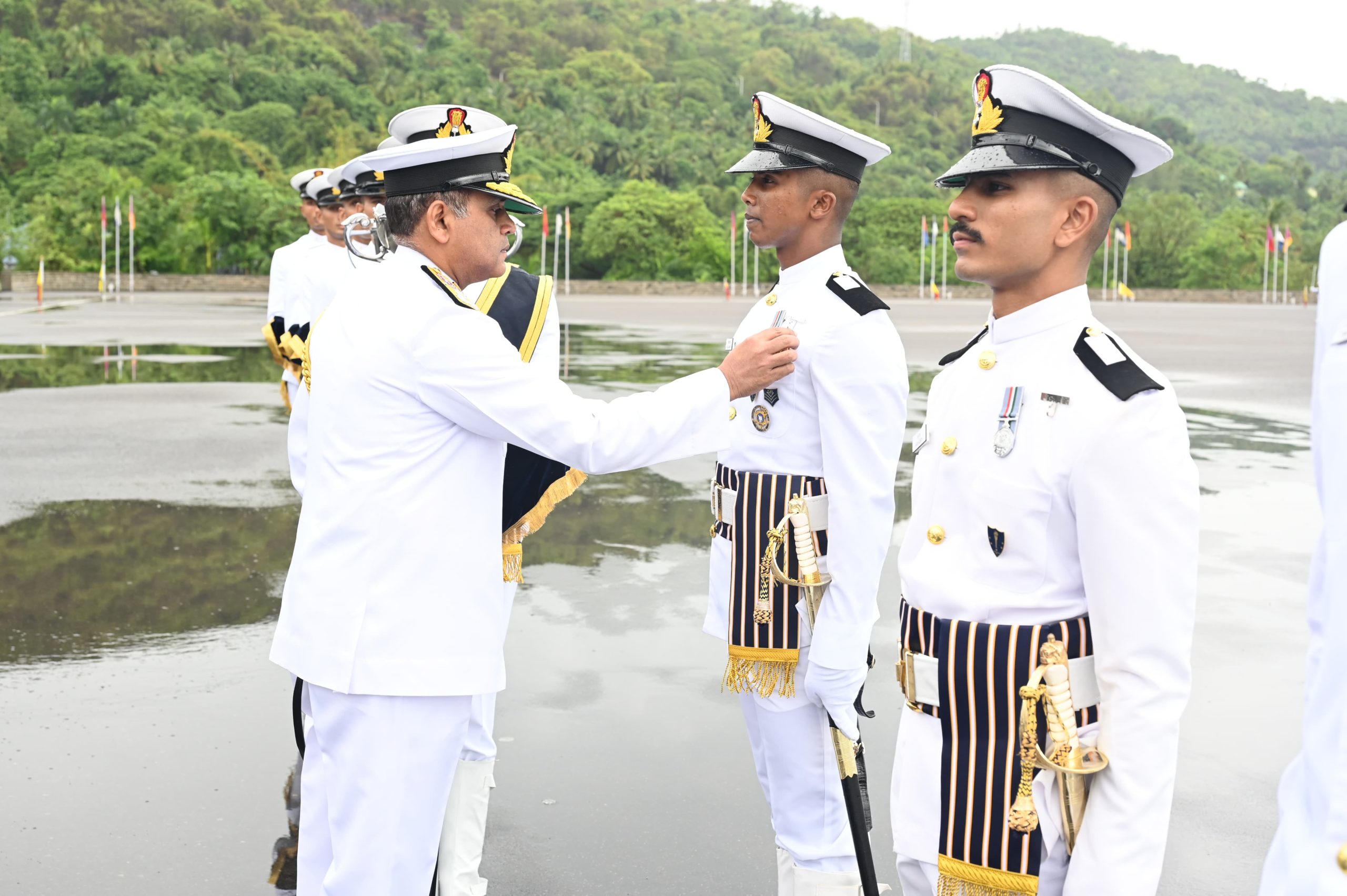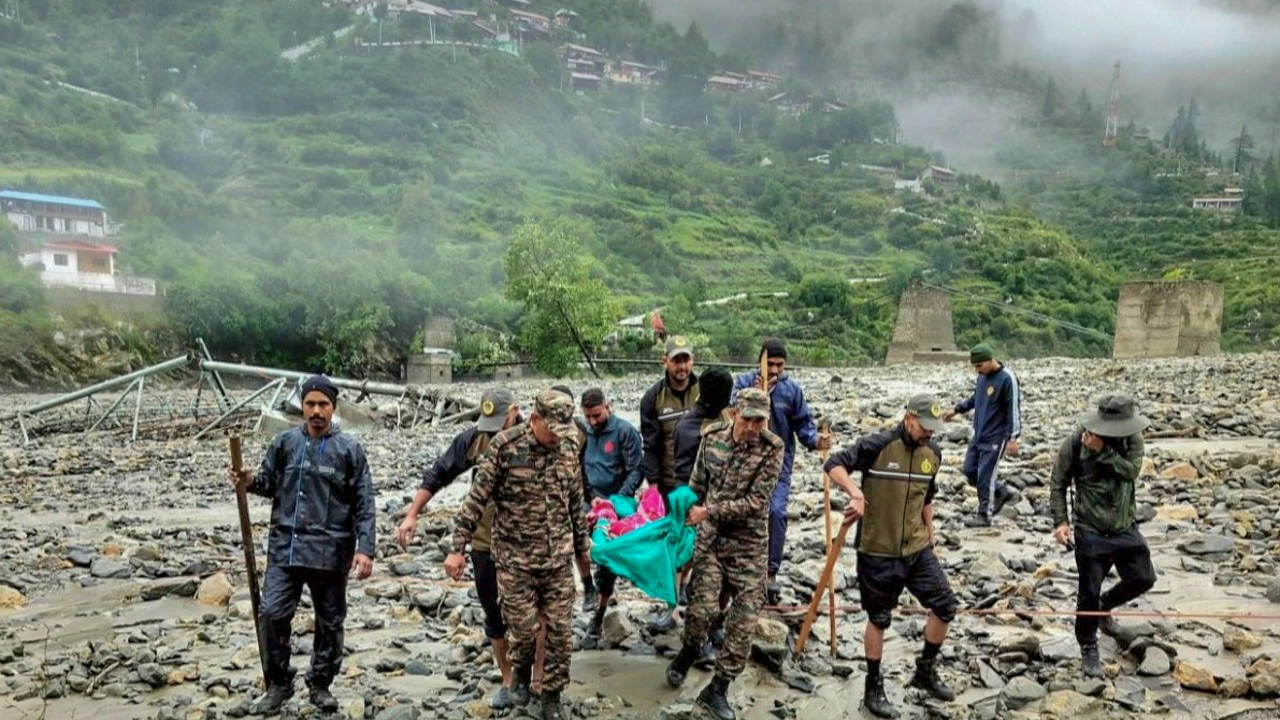Students Celebrate Raksha Bandhan with Indian Air Force in New Delhi
Students from schools across Delhi-NCR marked an early Raksha Bandhan celebration at the Air Force Station in New Delhi, tying…
Hyderabad’s Lokesh Machines Builds India’s First Indigenous Medium Machine Gun
Hyderabad-based Lokesh Machines Ltd has achieved a significant milestone by developing India’s first indigenous 7.62x51mm belt-fed medium machine gun (MMG)…
Indian Navy SSC Executive (IT) Recruitment Notification for January 2026 Course (Out Now)
The Indian Navy invites applications from eligible unmarried men and women for Short Service Commission (SSC) in the Information Technology…
PM Modi, President Putin Discuss Ukraine Conflict, Strengthening Strategic Ties
Prime Minister Narendra Modi spoke with Russian President Vladimir Putin on Friday, with discussions centering on the ongoing conflict in…
NCERT Adds Chapters on Field Marshal Sam Manekshaw, Brigadier Usman, and Major Somnath Sharma to School Syllabus
The lives and sacrifices of three of India’s most celebrated military heroes—Field Marshal Sam Manekshaw, Brigadier Mohammad Usman, and Major…
Indian Army Sets Up 440 km Radio Link to Boost Uttarakhand Flood Rescue Efforts
In a major breakthrough for ongoing rescue operations in flood-hit Uttarakhand, the Indian Army’s Shatrujeet Brigade has established a 440…






